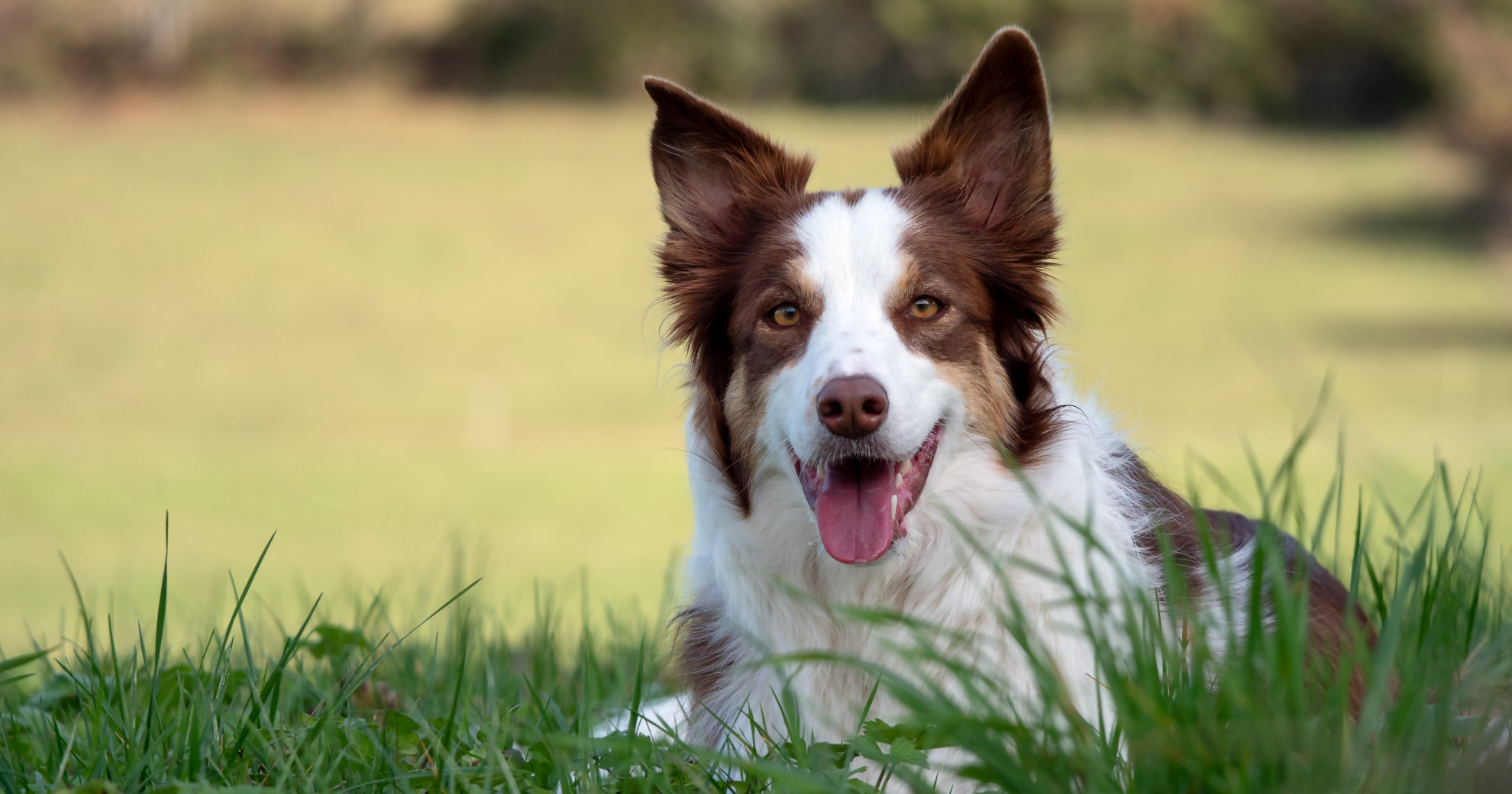HEALTH & WELLNESS

TRENDING

SIGN UP and Start Receiving
Our Monthly Newsletter,
The Chronicles
How To Keep Your Dog Stress-Free

When a dog experiences stress, it triggers a physiological and behavioural response known as the “fight-or-flight” reaction. This reaction helps them deal with perceived threats or challenges, but if prolonged or frequent, it can have negative consequences on their physical and mental well-being.
Here’s what happens when a dog gets stressed:
Physiological changes:
- Increased heart rate and breathing: This prepares the body for action.
- Dilated pupils: This improves eyesight in potentially dangerous situations.
- Elevated blood pressure and release of stress hormones: This increases energy and alertness.
- Digestive changes: Appetite may decrease, or digestive upset might occur.
- Muscle tension and panting: This prepares the body for physical exertion.
Behavioural changes:
- Pacing, fidgeting, and restlessness: Unable to relax due to increased arousal.
- Whining, barking, or vocalisations: Expressing discomfort or anxiety.
- Hiding or seeking attention: Trying to escape the stressful situation or seeking reassurance.
- Licking, excessive grooming, or destructive behaviours: Coping mechanisms to deal with anxiety.
- Aggression or withdrawal: Can occur in extreme cases as a defense mechanism.
Long-term effects of chronic stress:
- Weakened immune system: Making them more susceptible to illness.
- Skin and digestive problems: Stress can manifest in physical symptoms.
- Anxiety and behavioural issues: Fearfulness, phobias, or aggression can develop.
- Changes in appetite and sleep: May eat less or more and have trouble sleeping.
It’s important to recognise the signs of stress in your dog and take steps to manage it.
Here are some tips on keeping your dog stress-free:
Physical and Mental Stimulation:
Regular exercise: Engage in daily walks, runs, or playtime sessions tailored to your dog’s breed and age. Physical activity helps burn energy, prevent boredom, and release endorphins, which contribute to well-being.
Mental stimulation: Keep your dog’s mind engaged with puzzle toys, chew toys, scent work activities, or training sessions. This helps prevent boredom and destructive behaviours.
Social interaction: Schedule playtime with other dogs (if your dog enjoys it) or ensure they have positive interactions with people outside the household.
Predictable Routine and Safe Space:
Maintain a consistent routine: Set regular feeding times, walks, and playtime schedules. This helps dogs feel secure and predictable.
Provide a safe space: Give your dog a designated area, like a crate or bed, where they can retreat and feel safe during stressful situations.
Minimise loud noises: Loud noises can be startling for dogs. Turn down the TV, close windows during fireworks, and create a calmer environment when possible.
Positive Reinforcement and Management:
Positive training: Use positive reinforcement methods like praise, treats, and clicker training to encourage good behaviour and build trust.
Desensitisation and counterconditioning: If your dog has specific triggers for stress, gradually expose them to the triggers in a positive way to help them overcome their fear.
Body language awareness: Pay attention to your dog’s body language (e.g., tucked tail, flattened ears) and avoid situations that might cause them stress.
Additional Tips:
Dietary considerations: Talk to your veterinarian about ensuring your dog’s diet provides proper nutrients that can help manage stress.
Veterinary care: Regular checkups are crucial to rule out any underlying medical conditions that could contribute to stress.
Consider calming aids: Natural calming aids like calming chews or pheromone diffusers can sometimes be helpful, but consult your veterinarian first.
Remember, every dog is an individual with unique needs. Observe your furry friend and adapt these tips to their specific personality and triggers. If you’re concerned about your dog’s stress levels, consult a professional dog trainer or behaviourist for personalised guidance.















